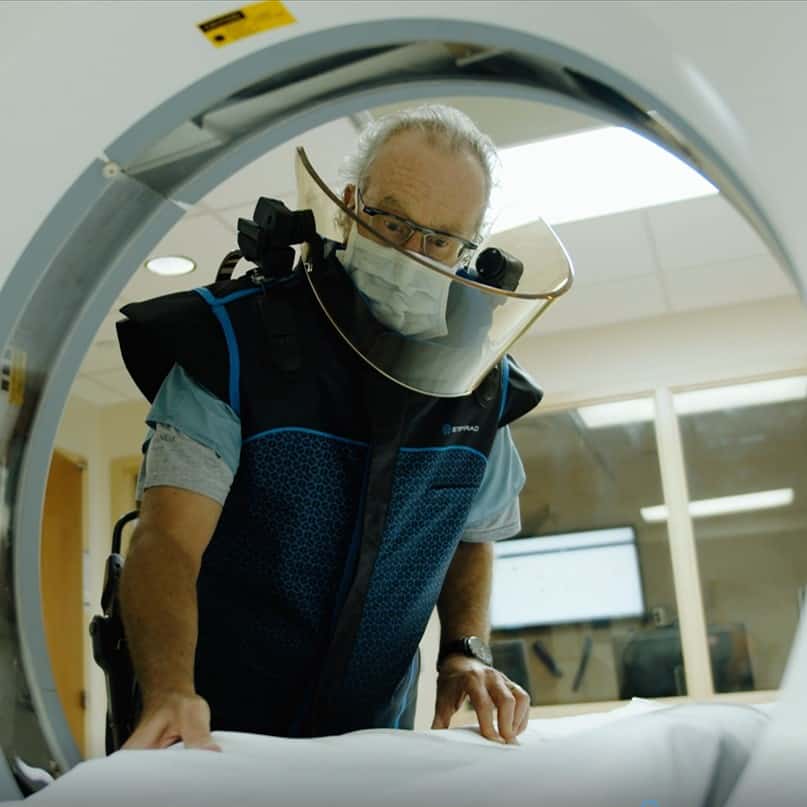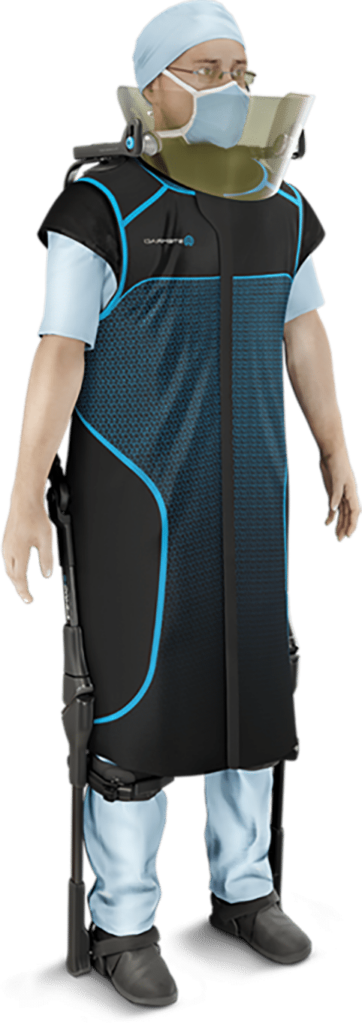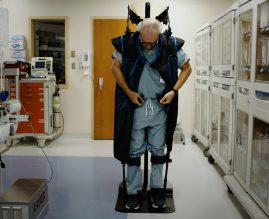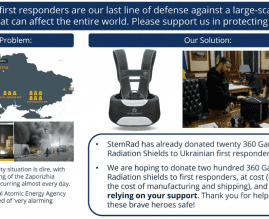X-Ray Protection – The technological solution for best protection
12.03.23 | Sunday | Jordan Houri, BSc, MSc
Medical intervention requires the use of various techniques and equipment, one of the most common among them being X-rays.
Changes in diagnostic and surgical procedures have led to a sharp increase in the use of X-ray radiation compared to ten or twenty years ago. This increase has also necessitated the rethinking of and inventing of newer techniques within the scope of X-ray protection.
When X-rays are used for minimally invasive surgical procedures a technology termed fluoroscopy is implemented.
In fluoroscopy, real-time moving images are obtained for diagnostic purposes and therapeutic interventions. As such, X-ray protection is vital to medical teams working around radiation. Let’s take a look at the best technological solutions currently available for X-ray protection.
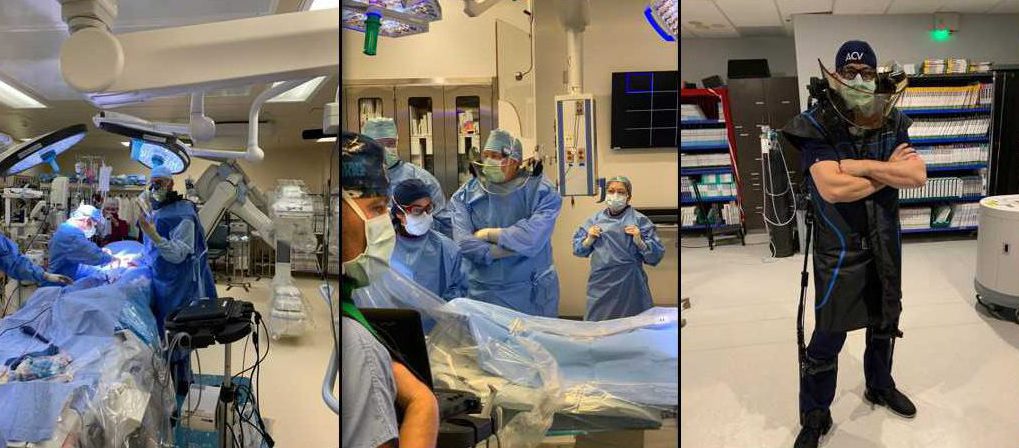
What are the recent advancements in X-ray protection?
There is a major concern regarding the radiation exposure experienced by physicians and radiologists working around X-rays.
Because of this, medical and imaging equipment now comes with reduced dose while still producing sharp and accurate images. When it comes to other recent technological developments for X-ray protection, here are a few:
● Bilayer Lead and other advanced Attenuation Materials– Graded-Z attenuation material configurations in protective shielding increase protection compared to traditionally manufactured leaded gear. Many bilayer lead aprons are lead-free.
● Real-time Dosimeters – Dosimeters worn on the person and designed to measure radiation exposure are typically cumulative and therefore take time to raise an alarm if the radiation dose is high. Real-time dosimeters do not take as much time, and it becomes easier for the individual to quickly remove themselves from the vicinity of the radiation source.
● Robotics and advanced Angiography Systems – Automating specific processes can certainly bring down radiation exposure. As a contender for X-ray protection, it may be a while before we see wider acceptance of robotic arms and automated systems within operating rooms, but they do help medical teams in preventing long-term exposure to X-ray radiation.
Which is the best X-ray protection solution?
StemRad’s radically new X-ray protection suit for physicians is of a unique design that takes into account both safety from radiation and the comfort of working efficiently.
This radiation protection gear combines the latest in bilayer lead technology with advanced passive robotics technology.
As a result, it provides increased protection but does not burden the user with any of its weight.
StemRad’s lightweight lead protective system, dubbed the StemRad MD consists of a proprietary exoskeletal frame that bears the weight of the entire outfit, while also incorporating hip and knee joints for better mobility.
This frame also holds the weight of the visor that is used as a face shield, the thyroid collar that is attached to the visor, and the expanded lead protection apron. Thus, the user can wear the X-ray protection outfit without having to bear the weight of existing and any future accessories.
The visor also accommodates the wearing of prescription glasses. The entire outfit is designed by focusing on mobility within the operating room while also shielding the individual from X-ray radiation.
What is the need for X-ray protection?
The radiation dose of X-rays is very minimal to the patient and not likely to lead to disease. However, those who work in radiology and around X-rays are more susceptible to risks from long-term exposure. X-ray radiation works by passing through living tissues to produce images of bones and internal organs. Prolonged exposure to this form of radiation, even at low doses, can increase the risk of cancer at a later time in life. The affected individual is also likely to experience hair loss, fertility issues, thyroid problems, skin issues, etc. The best way to safely use X-rays is to use suitable radiation protection. Shielding from radiation can be done in many ways, though the best approach to X-ray protection is the use of lead-lined radiation protection device.
The importance of X-ray protection for medical practitioners and interventionists
Studies have shown that medical interventionists who work around X-ray radiation are more likely to develop some form of cancer at a later stage in life. X-ray protection has likely reduced the associated radiation risks to some extent, but there is always scope to improve existing precautionary protocols. Basic fluoroscopy protection can minimize the danger of radiation from X-rays.
One aspect that is not typically accounted for is that of scatter radiation. Medical professionals are the ones who stand closest to patients during procedures involving fluoroscopes. The radiation particles scatter after they hit the patient, and this increases the radiation dose experienced by the medical team. Even with suitable lead-lined garments, adequate X-ray protection is not a given. Moreover, leaded gear can be quite heavy to wear, and wearing it for long hours while bending over the surgical table can cause stress injuries to areas like the neck, spine, hips, and knees. There is clearly a need for better X-ray protection for physicians.
How to ensure maximum protection
The basics of X-ray protection combine taking adequate steps to minimize radiation exposure through time, distance and shielding. One way is to reduce the time spent within the room where X-rays are used. The dose administered should also be kept minimal through the appropriate use of the pedal and also integrating of modern C-arm systems. The medical professional should maintain a safe distance from the patient during procedures when radiation is used. Furthermore, X-ray protection shielding gear should be worn according to prescribed safety protocols.
The use of the right X-ray protection outfit will help minimize the potential side effects of radiation in the long term. The benefits might not be immediately visible but interventionalists can be assured of safety, particularly with the most advanced technological solutions such as the StemRad MD.
Read more about radiation PPE and Stemrad’s solutions or contact us for any question.

Lead Scientist, Space Exploration
